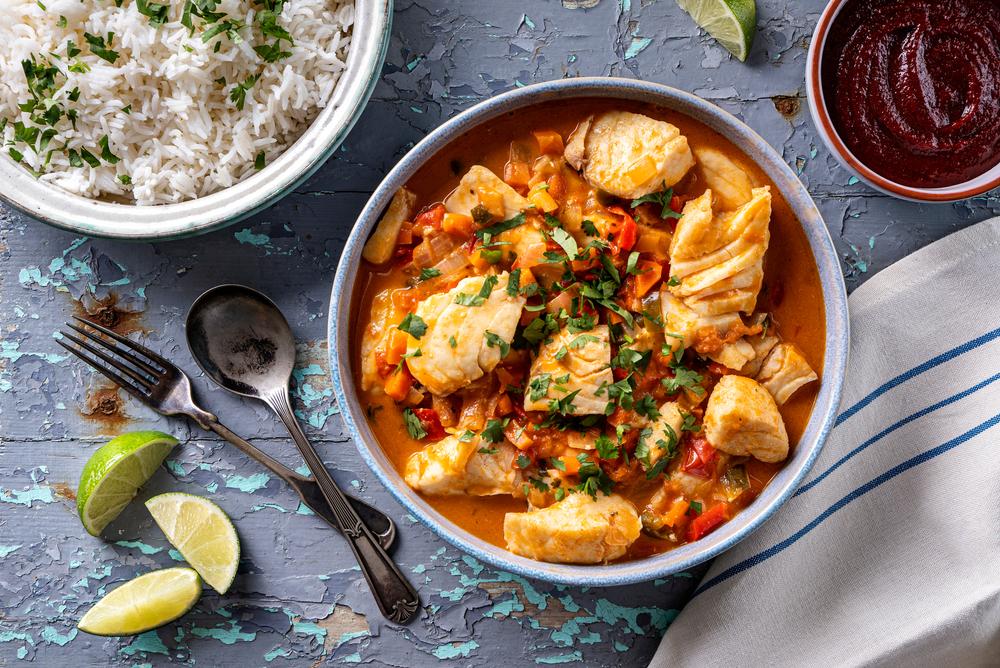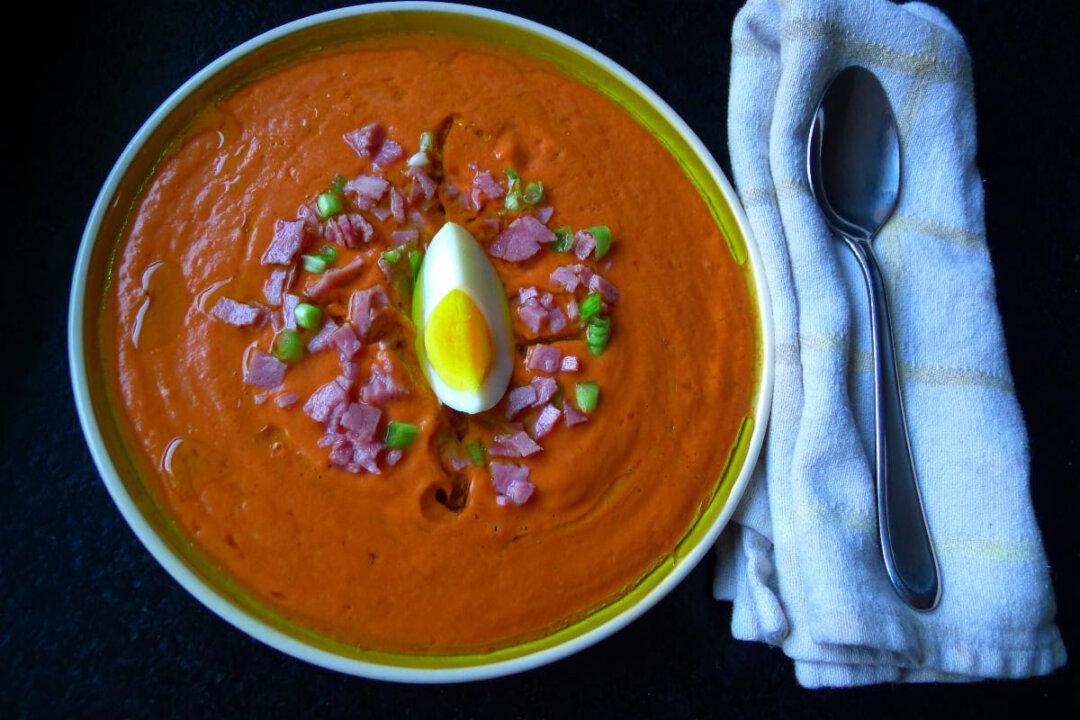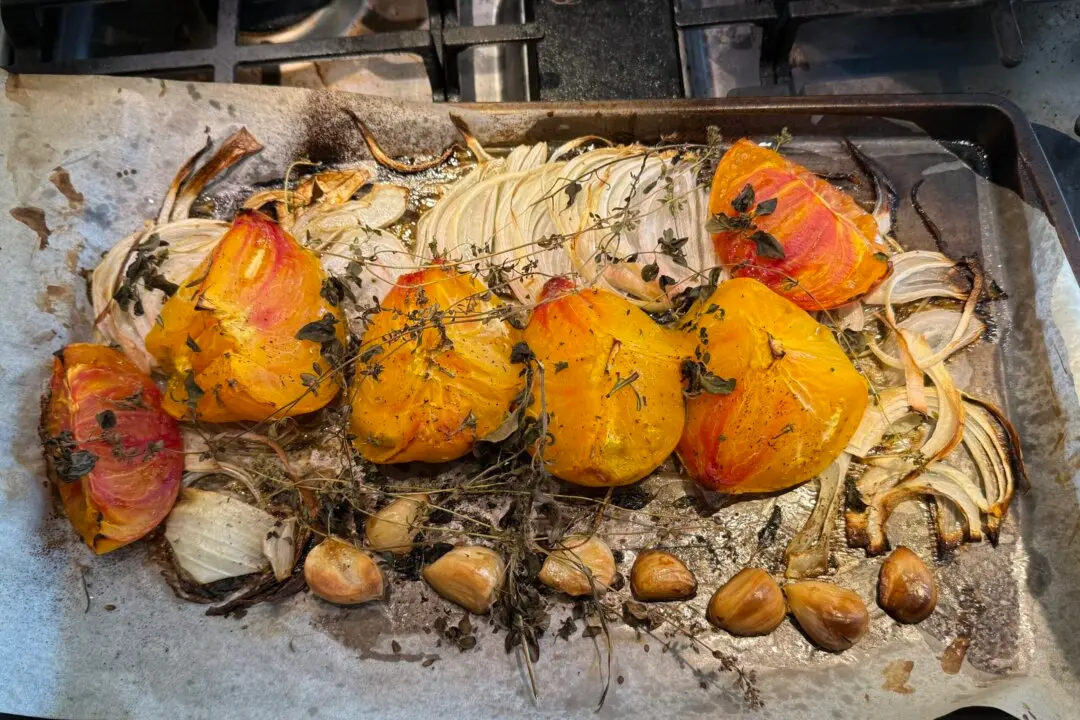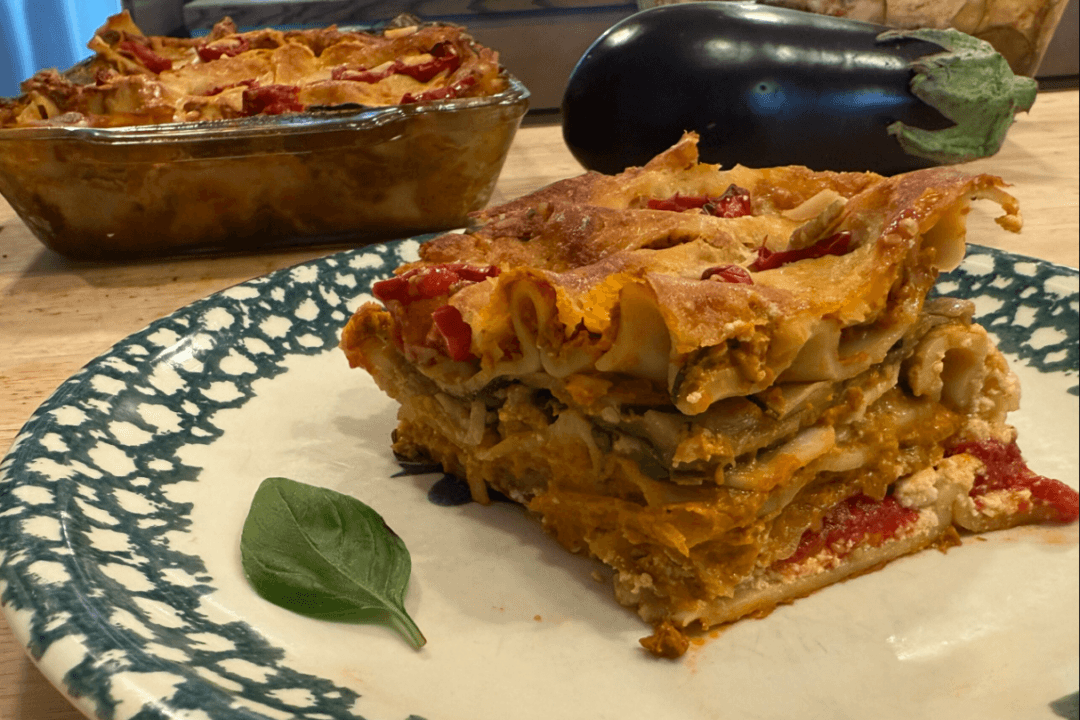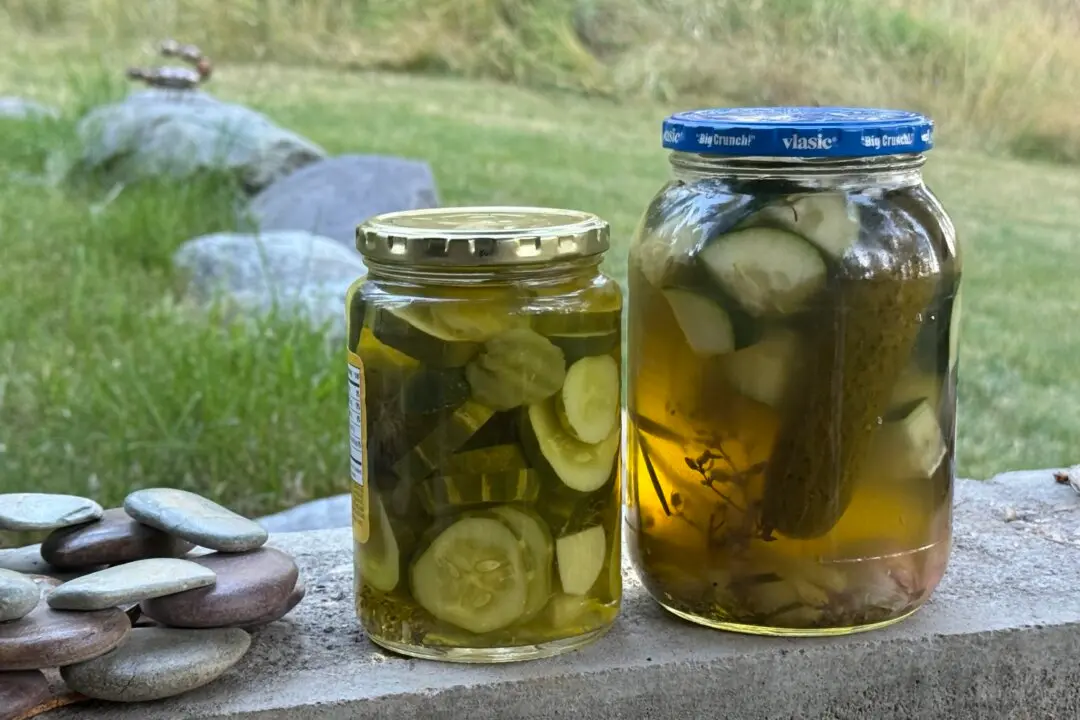The smell of fried garlic hit me as soon as I opened the door. It’s quite possibly the most intoxicating aroma on earth. Alas, I feared it meant that Edna hadn’t waited, and that made me sad.
I was there to learn how she makes moqueca, a tomato-based seafood stew that’s ubiquitous along the Brazilian coast. The dish varies by region, and Edna’s hometown of Vitória, Brazil, is widely considered to be the birthplace of moqueca. That version of the dish, called moqueca Capixaba (cah-pee-shah-bah), is why I was there. At my mom’s house in Boston, that is. I had already missed my golden opportunity to go to Vitória in real life.
